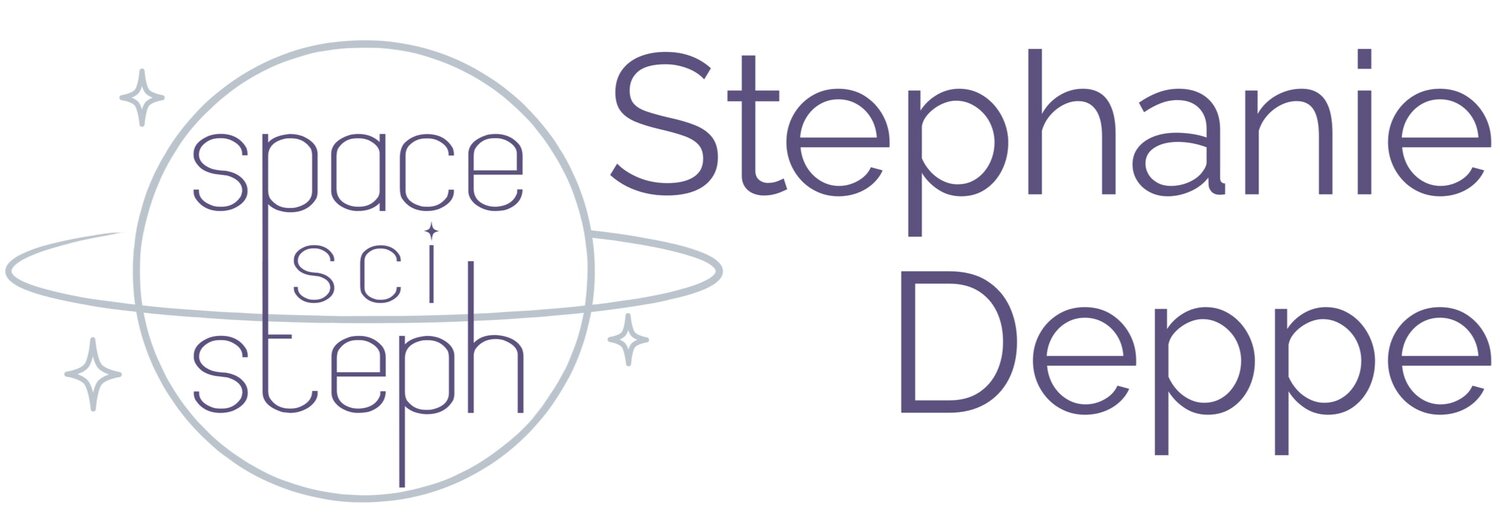Covering the 233rd AAS Meeting as an Astrobites Author
/I recently spent a week in beautiful (read: gray and rainy) Seattle, WA for the 233rd meeting of the American Astronomical Society. While I did have a science talk to present, much of my participation at the meeting was as an Astrobites author. I was actually really grateful to be there as part of Astrobites because this was the largest meeting I had ever been to. It was nice to have a “home base” at the Astrobites booth amid the 3000-person conference.
Interviewing the Keynote Speakers
Prior to the meeting, I was part of a team that interviewed some of the meeting’s keynote speakers. We then wrote up those interviews with the goal of advertising the keynote talk in addition to highlighting the scientist and the various career paths they took. I had the pleasure of speaking to Drs. Colleen Wilson-Hodge, Alexander Szalay, and Elena Aprile.
Colleen Wilson-Hodge is the Principal Investigator of the Fermi Telescope’s Gamma-ray Burst Monitor. She was awarded the High Energy Astrophysics Division’s Rossi Prize for her leadership and team’s contributions to the first-ever binary neutron star discovery. Read my post here.
Alexander Szalay is a professor at Johns Hopkins who specializes in storing huge data sets and making them easily accessible to both scientists and members of the public. His next big challenge is figuring out how to securely store the 15 petabytes of data that the Large Synoptic Survey Telescope will produce. Read my post here.
Elena Aprile is the spokesperson of the XENON dark matter direct detection experiment, buried deep under a mountain in Italy. She won the Society’s Berkeley prize and delivered the final plenary lecture of the meeting about the future of dark matter experiments. Read my post here.
Live-Blogging the Meeting Sessions
During the meeting, I was part of the Astrobites live-blogging team. As a group, we wrote summaries of the major sessions during each day of the meeting, including the plenary talks, press conferences, and other interesting special sessions. You can find those summaries here: Day 1, Day 2, Day 3, Day 4 (to read my summaries, just do a browser search for my name).
Overall, the meeting was a great success! I’m looking forward to attending the Summer 2019 meeting in St. Louis, where I’m also helping to organize a science communication training workshop for student attendees. Stay tuned!




